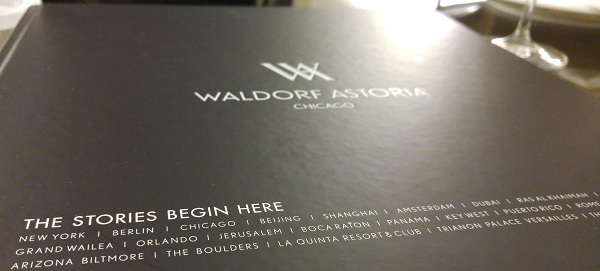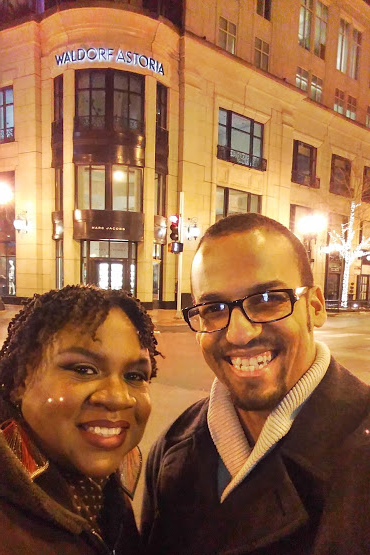A masked man burst through the door.
Alicia screamed at the top of her lungs and fell back onto her pillow.
Johnny looked up and realized it was time…
Okay, based on the details you just read, what do you think is going on here?
Did you picture a late-night home invasion?
Or maybe it sounded like Alicia and Johnny are at the hospital, just moments away from welcoming a new baby into the world.
Maybe you imagined something totally different.
But chances are that when you read those 3 sentences, your mind assumed they were part of a single narrative rather than random, unconnected sentences.
You automatically made up a story.
(Which is why “facts tell but stories sell” is only half true.)
Everyone’s brain takes sensory input, i.e. whatever you’re trying to say…
Then auto-fills any gaps until it has a story that makes sense to that individual (based on what he already knows, believes and has experienced).
All in a fraction of a second. Amazing, really.

To make sure your reader accurately understands what you’re trying to say (or at least give your message the best possible chance), you have to fill in the gaps yourself before auto-fill kicks in.
And to beat the auto-fill function, you can deliver components to the reader in the specific sequence the brain uses to process and make sense out of stories.
According to neuroscience-based testing funded by the U.S. government (DARPA to be specific), that sequence is actually highly predictable.
To keep this email from dragging on endlessly, I’ll simply list the core components in order of appearance in the ideal story structure:
1) Main characters: Who’s in on the action?
2) Key (initial) characteristics of the characters: What are these characters like? They help shape our feelings about each character.
3) Intentions: What do the characters want? This drives action. Not the same thing as…
4) Motives: Why do they want what they want? This adds flavor to the action and further shapes our feelings about the characters. A man bursting through the door to deliver a baby is vastly different than one who’s about to commit a violent crime.
5) Conflict: What’s preventing the characters from achieving their intentions?
6) Stakes: What happens if the character doesn’t overcome the conflict? If there’s no consequence, there’s no reason for the reader to care.
7) Struggle: What hoops does the character go through in his pursuit of victory?
8) Details: To tell a satisfying story, you need details to paint the scene and add realism.
I know that’s a lot… ironically without much detail.
If your intention is to create more compelling stories, I’ll let you struggle in your attempt to apply this structure.
Who am I to rob you of this all-important conflict?
Have a productive day.
P.S. If 8 components is too many, maybe you’ll like my 3-part story structure better.
P.P.S. This is unrelated, but you may be interested. Next week, I’m speaking at the virtual POP to Millions Summit, and I’d love for you to sign up now.
This summit was created to give you a never-before-seen look at how multiple 7, 8, and 9-figure business owners quickly scaled their revenue in 2022… while keeping substantial profits each step along the way.
My topic is “The 4-I Formula: How to Structure High-Converting Copy.” I’m also giving away an exclusive video training I’ve never given away free before. If you’re interested, you can snag a free ticket here.





